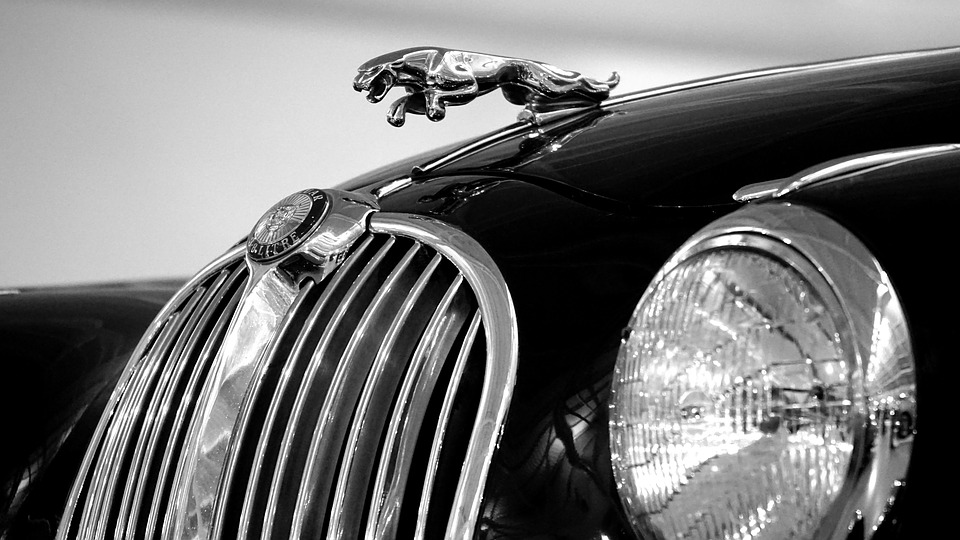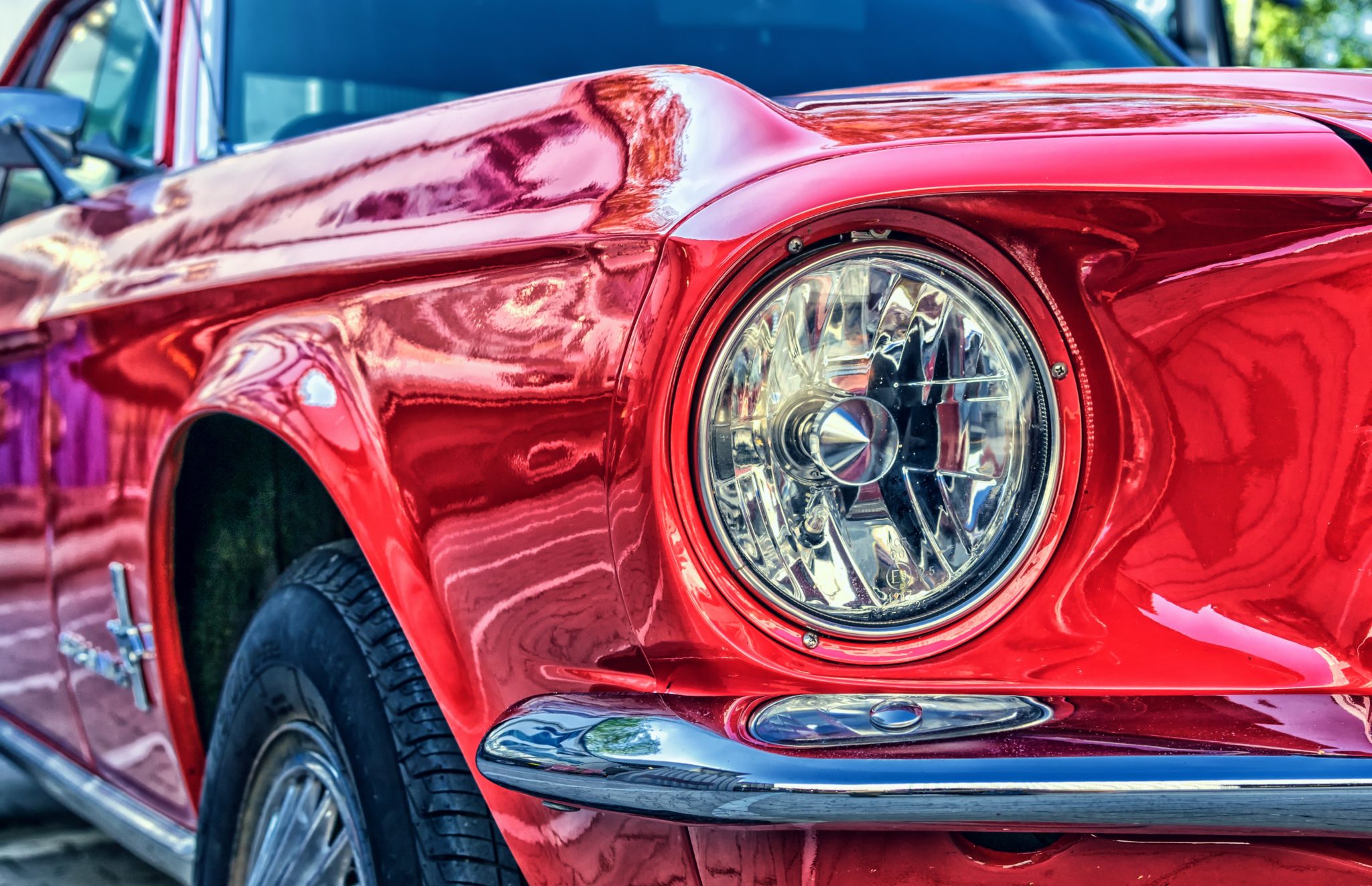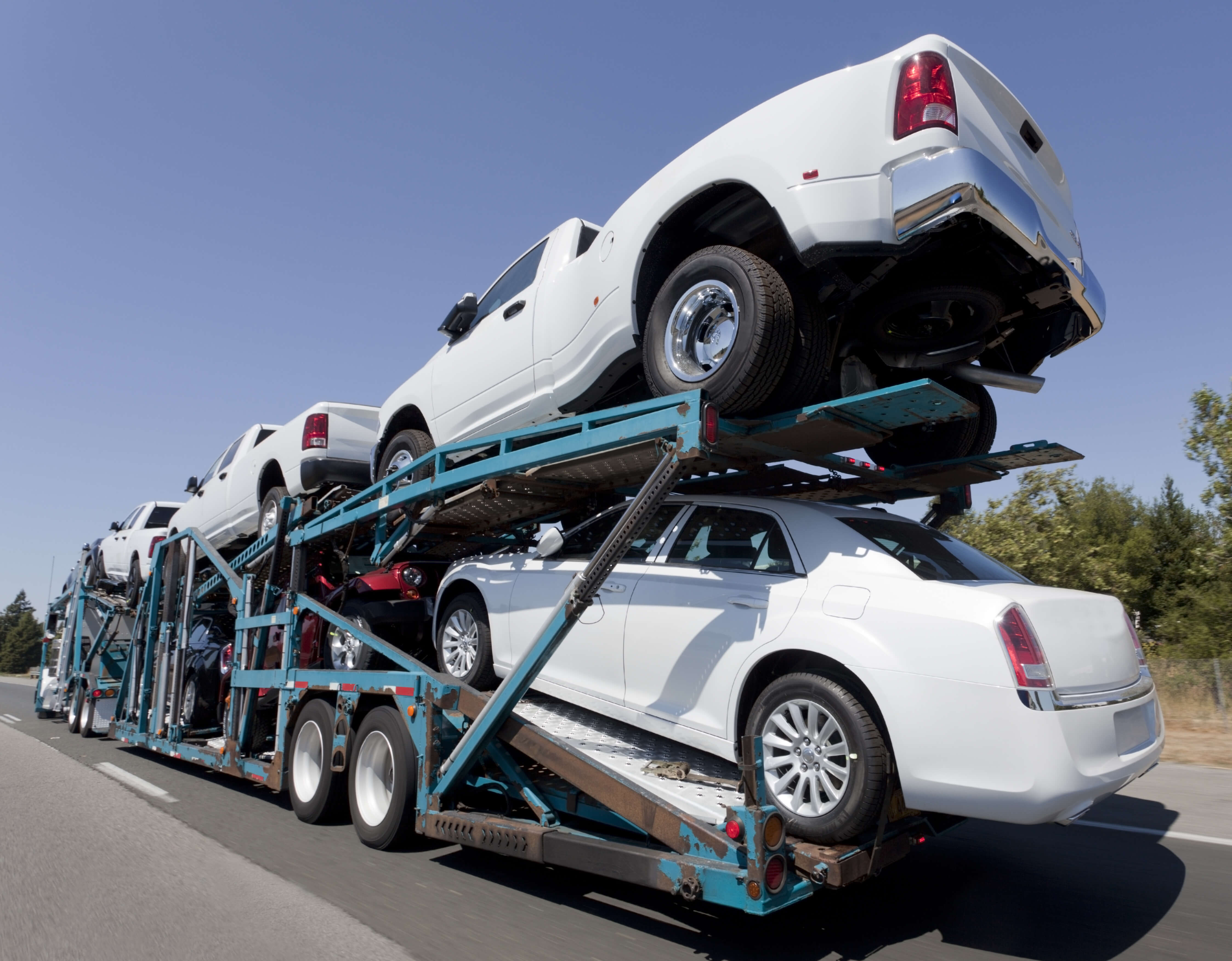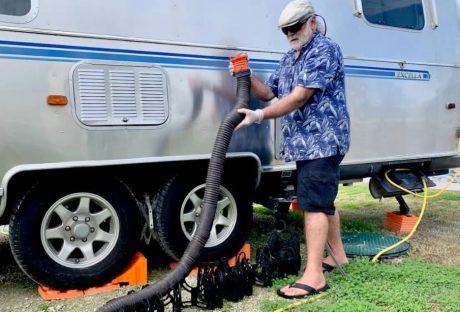The Jaguar E-Type model sports car debuted in 1961 when the top speed for vehicles clocked in at around 70 MPH. With a top speed of 150 MPH, this vehicle blew expectations out of the water and quickly built a reputation of class and sophistication. The car was so well-built it was considered to be the most beautiful car in the world for a time. An E-type Jaguar was considered perfect from every angle, and even today stands as a supercar model for excellence.
The Power of the Type :
The E-type was a unique model of car that boasted 265bhp 3.8-liter engine by the final renditions of its design. The car was a marvel of 20th-century engineering and its independent rear suspension design would help define the Jaguar brand for decades to come. The car would grow larger and more reliable over its production lifespan with a greater emphasis on speed and precision. When the series finally reached the point where it could hit 60 MPH in less than seven seconds, people began to take notice and the model exploded in popularity.
The Composition of the Vehicle :
The E-type is a classic lightweight model, but it did not start out that way. Rather, the aluminum body and monocoque were added later as a replacement to steel construction methods. The new designs held up out on the track and would help solidify the lightweight design as a Jaguar line staple even into the 21st century. Racing was a big focus for the company at the time and eventually, a 5.3-liter engine was put in to increase torque and make the car more competitive.
E-Series History :
The history of the E-series is intertwined with racing and saturated with the stories of people who pushed the car to its limits. The series was actually never meant to race, there was no need for a public show of speed and the car did not have the engines for it. It was not competition worthy until the GT category for production sports cars was created with fitting requirements that matched the series specs.
The E-Type would go on to win race after race like in places like Goodwood, Silverstone, and Brands Hatch. However, Ferraris would continue to dominate the racing scene with their powerful engines. Seeing that the E-type was falling behind, the company decided to create the lightweight series to push for a more competitive angle. The resulting lightweight E-Type models had an aluminum body with a 350bhp version of the 3.8-liter XK straight-six engine and a five-speed gearbox. The model was so successful that it had other companies scrambling to create newer models just to compete.
The lightweight models would go on to participate in international racing circuits for years after their introduction. Eventually, the E-type production slowed down only to resurge again in the ’70s. The car’s performance solidified it as a classic supercar exuding style and class that has it still see demand today.
Read Also :






















